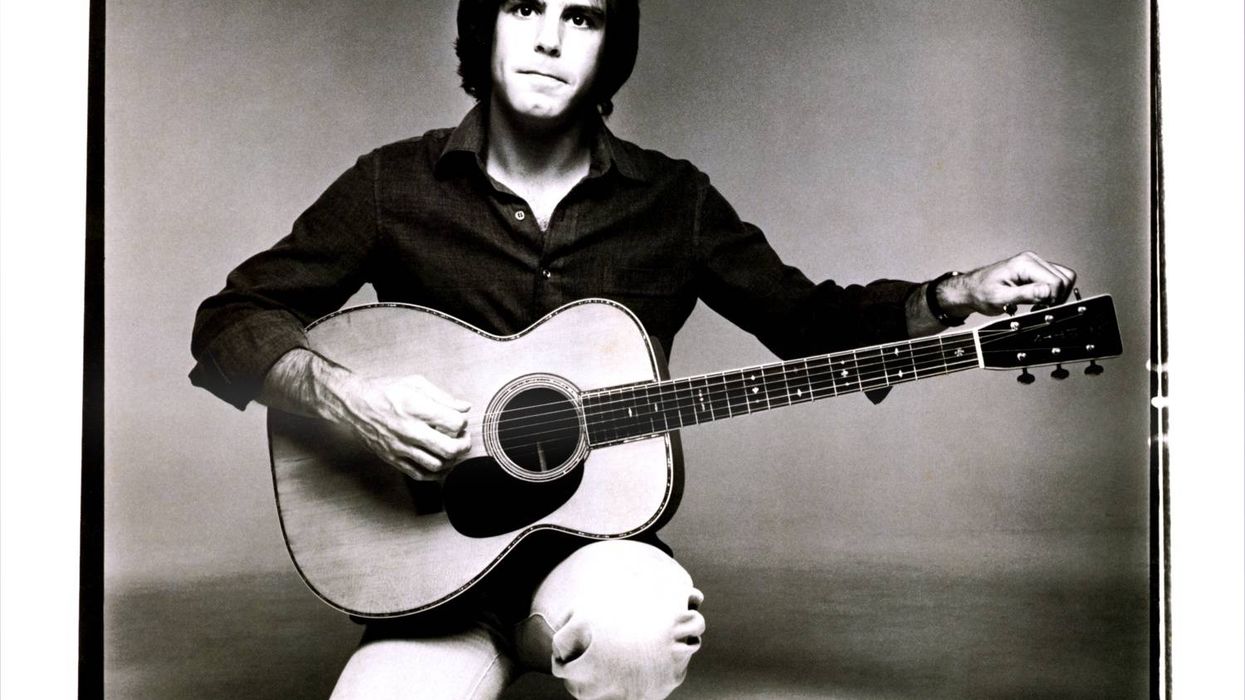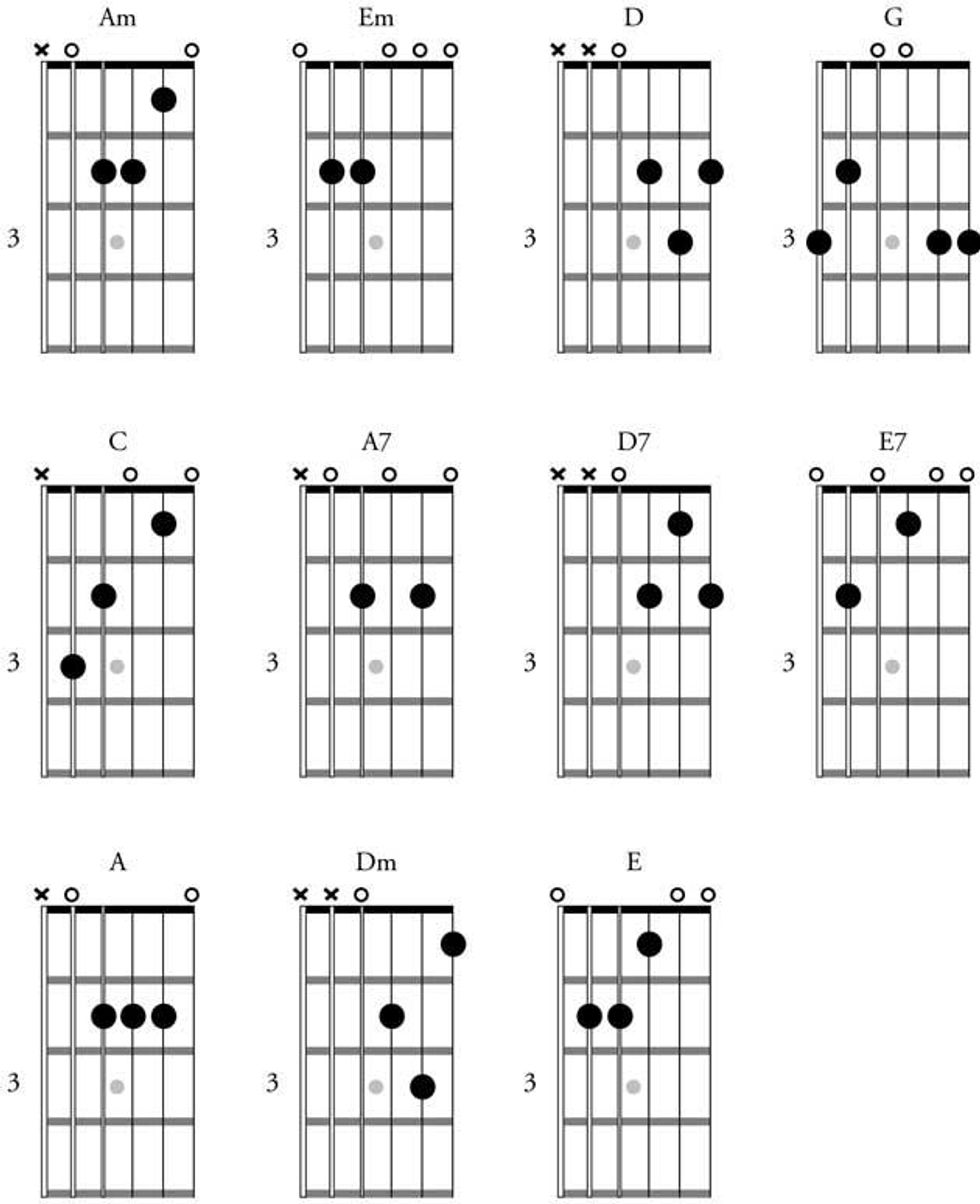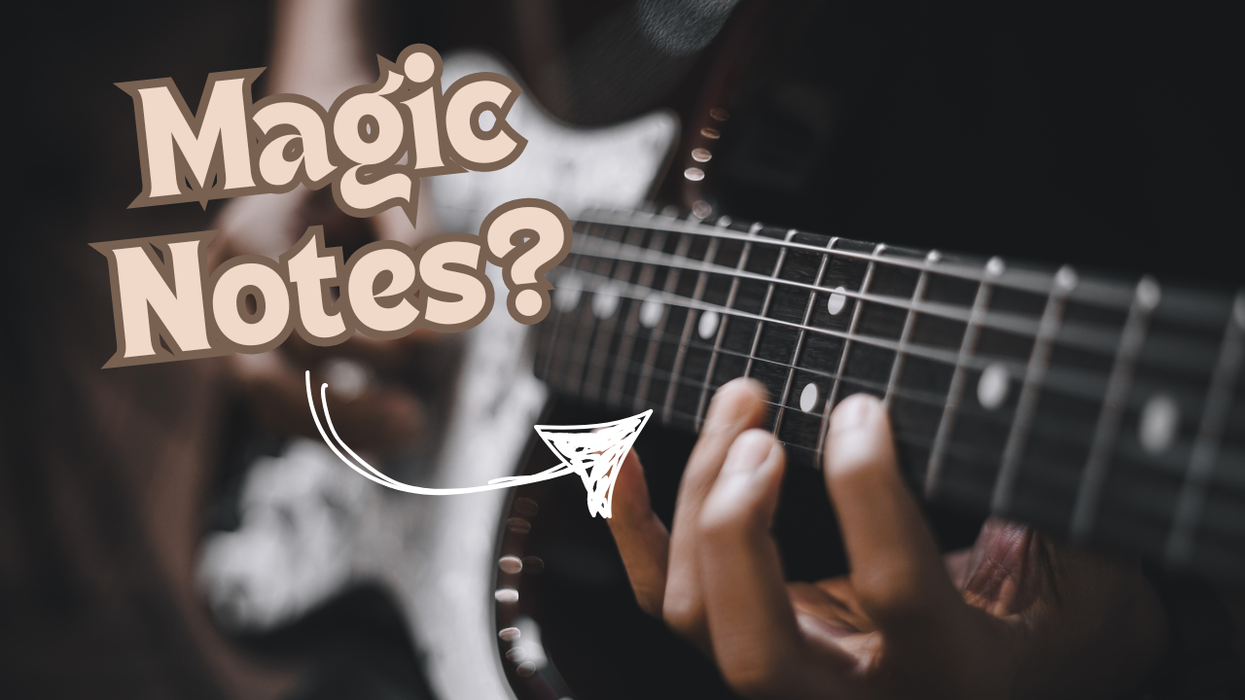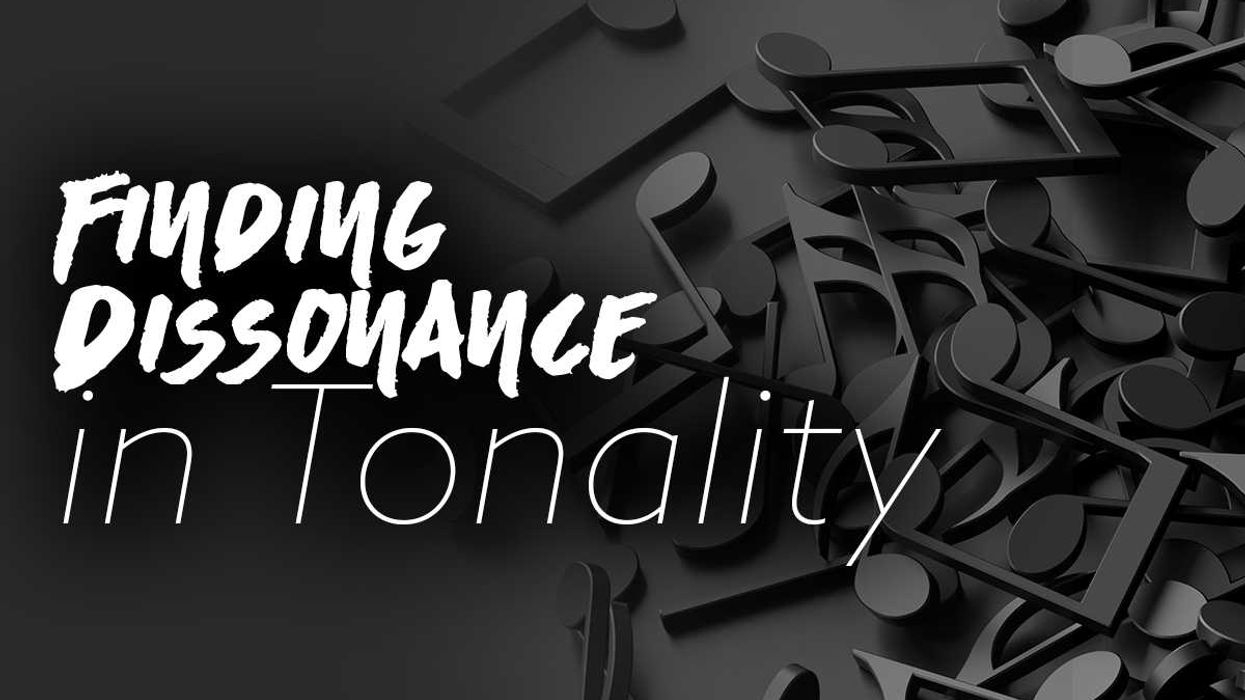Chops: Beginner
Theory: Beginner
Lesson Overview:
• Learn how to play over major chords using chromatic tones.
• Transfer basic blues licks to any minor or major chord.
• Understand how to create a “major blues” scale.
Click here to download a printable PDF of this lesson's notation.
The first conversation I have with a new student goes something like this: “If you were to solo over a C7 chord, what scale would you use?” The two answers I hear most often are the C Mixolydian (C–D–E–F–G–A–Bb) and the C blues scale (C–Eb–F–Gb–G–Bb).
Both these scales—Mixolydian and blues—are fine to use for improvising over a dominant 7 chord. However, many styles of music, including country, Western swing, jump blues, bluegrass, rock ’n’ roll, and jazz expand on these choices. In this lesson, we’re going to focus on what I call the “major blues” scale (C–D–Eb–E–G–A–Bb). If you look closely, you’ll notice we’re including both the b3 (Eb) and natural 3 (E)—more on that later.
Obviously, this scale is somewhat related to our tried-and-true pentatonic shapes. Also, the relationships between major and minor pentatonics still exist in this new form. Take another look at the C major blues scale. If we think of the relative minor of C, which is Am, nearly all the notes fall neatly within the A blues scale (except for that pesky Bb). In Ex. 1, you can see how closely related the two fingerings can be.
Click here for Ex. 1
For Ex. 2, we’ll look at perhaps the most famous bluegrass lick of all time. Commonly known as “the Lester Flatt lick” or “the G run,” this simple phrase moves through a G major blues scale (G–A–Bb–B–D–E–F) and makes for a great intro or ending.
Click here for Ex. 2
Another classic bluegrass lick is shown in Ex. 3. We’re sticking to the key of G major, but we’re using open strings to highlight the chromatic parts of the scale. Check out how the fretted Bb and the open B create a dissonance. Bluegrass musicians often use these notes to add color to their lines. The phrase sounds diatonic, however, because the tension resolves quickly.
Click here for Ex. 3
Next, let’s look at a common phrase used in all types of music, again in the key of G major. Ex. 4 is very straightforward and is often played as a pickup. Everyone from John Coltrane to Eddie Van Halen to Chet Atkins plays this line. The reason it’s so effective is the buried dissonance I mentioned earlier. The b3 is resolved quickly to a strong chord tone, the 3.
Click here for Ex. 4
With all my students, I stress the importance of taking what you already know and using it in a new way. Let’s take a couple of standard minor licks and move them to major.
Ex. 5 is a lick you might hear from Eric Clapton, reminiscent of his classic “Crossroads” riffage. It starts with a bend from the b7 to the root before descending down to the b3 via the blues scale.
Click here for Ex. 5
Now, let’s play the same lick, only move it to the major side of things (Ex. 6). Simply shift down to the 2nd position and start by bending the 5 (E) before descending to the root (A).
Click here for Ex. 6
Essentially, we’re playing in F# minor, just hearing it in the key of A major. Any of the minor blues licks you already know can be transferred to major by using the same method. Many guitar players use blues phrasing over major pentatonic scales, most notably Ry Cooder, Mark Knopfler, Dickey Betts, and Jimmy Page.
Here’s another lick using the A blues scale (Ex. 7). This will incorporate your knowledge of the “blues box.” Many of the string bends we guitarists are so fond of happen inside the box, so these will come in quite handy. Check out Ex. 8 for the major version.
Click here for Ex. 7
Click here for Ex. 8
One of the most famous examples of this scale is the opening lick to Led Zeppelin’s “Black Dog.” Dig into Ex. 9 for a peek. You’ll see the F# minor “blues box” shape on the 3rd, 2nd, and 1st strings. This is a very helpful way of finding your position on the neck. Jimmy Page’s lick is a great way to get from one position to the next by using major pentatonic scales and the standard blues box shape.
Click here for Ex. 9
Best of luck with your new scale! This will significantly improve your bluegrass, country, rock, and blues playing, and in addition to the standard Mixolydian and blues scales, you’ll have another tool to navigate the sound of dominant chords. But more importantly, you’ll be able to use your knowledge of the blues to generate new licks and ideas. Remember, any of your minor blues licks can become major blues licks with just a few tweaks.



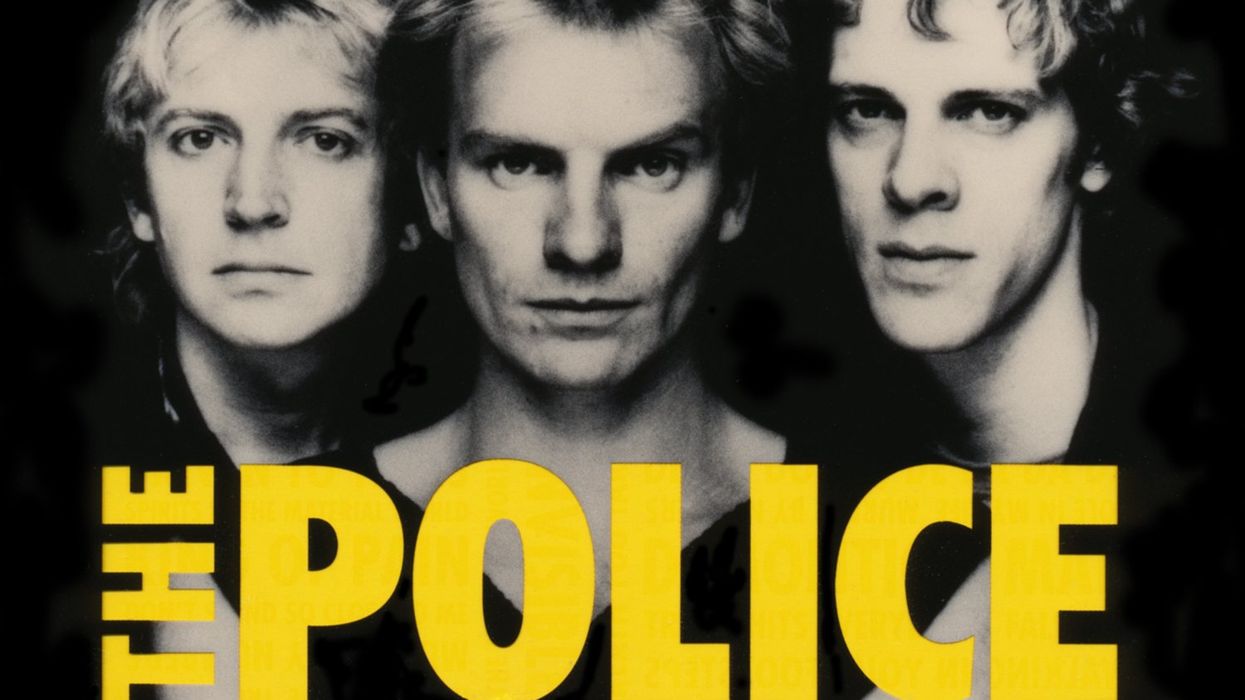
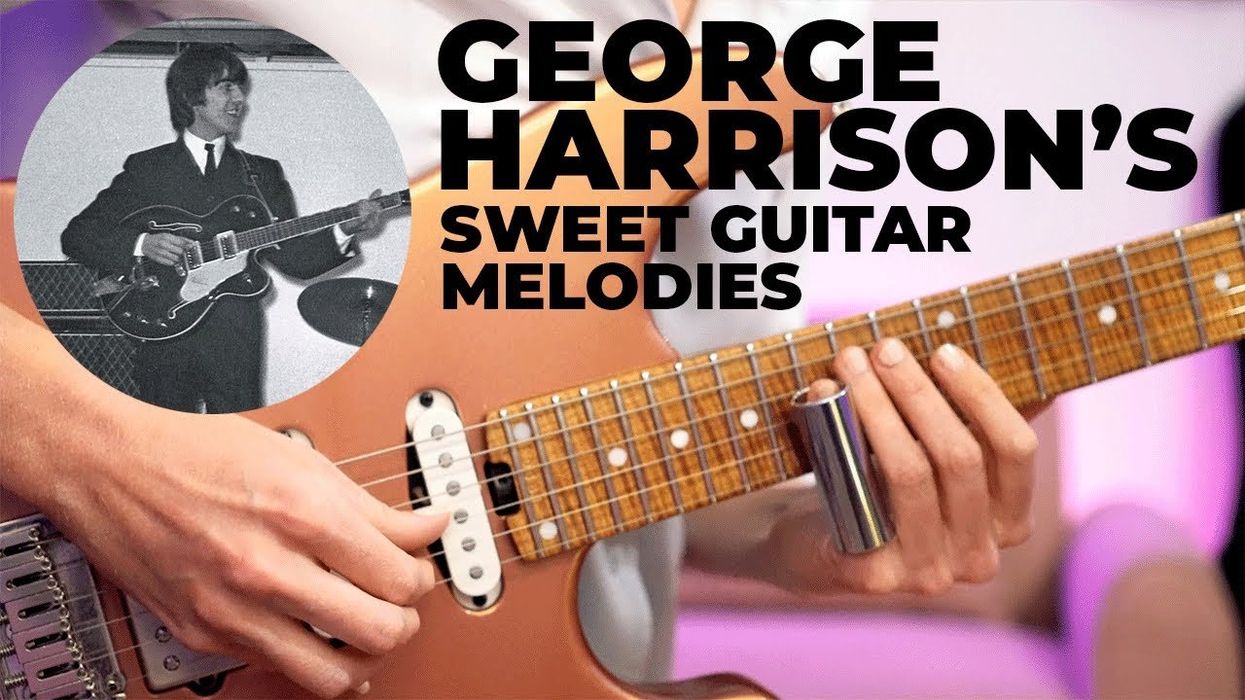
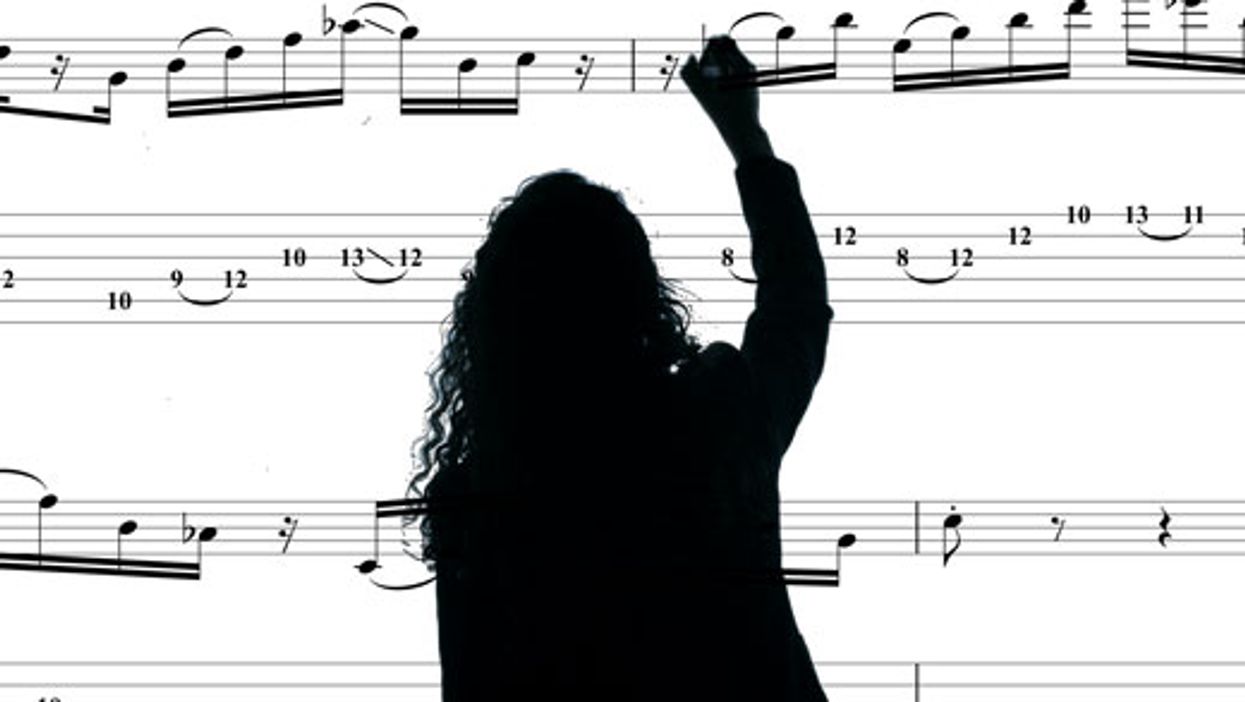





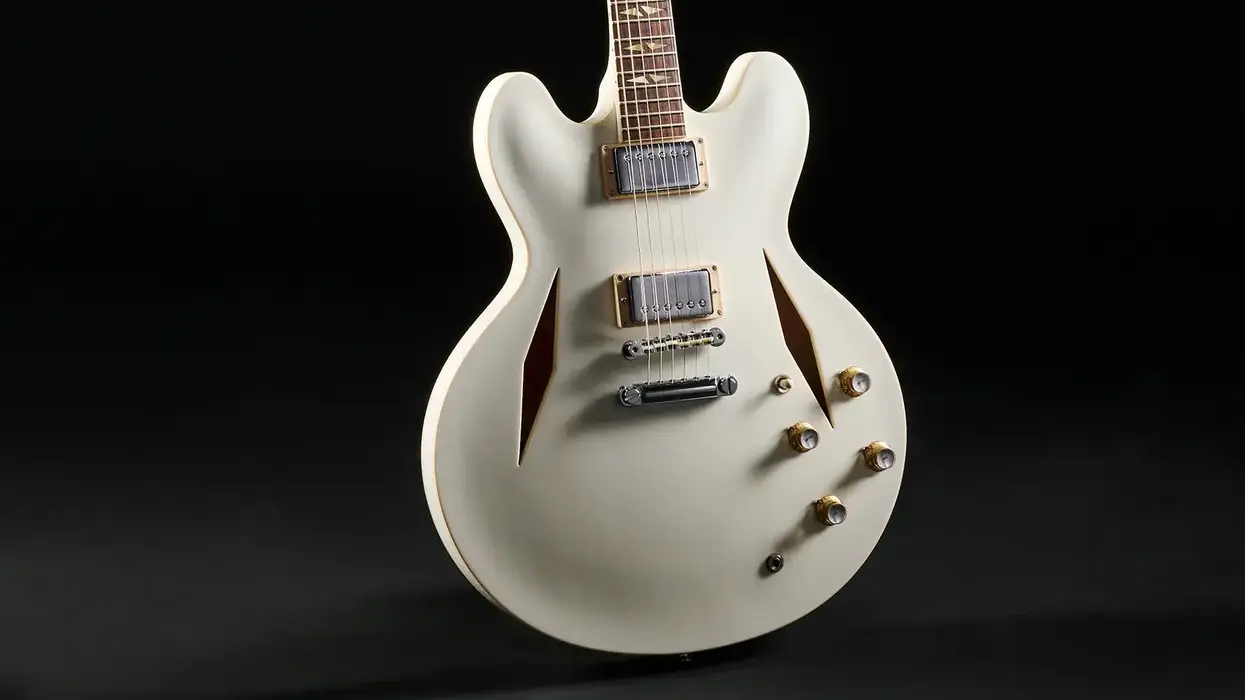
![Rig Rundown: AFI [2025]](https://www.premierguitar.com/media-library/youtube.jpg?id=62064741&width=1245&height=700&quality=70&coordinates=0%2C0%2C0%2C0)
